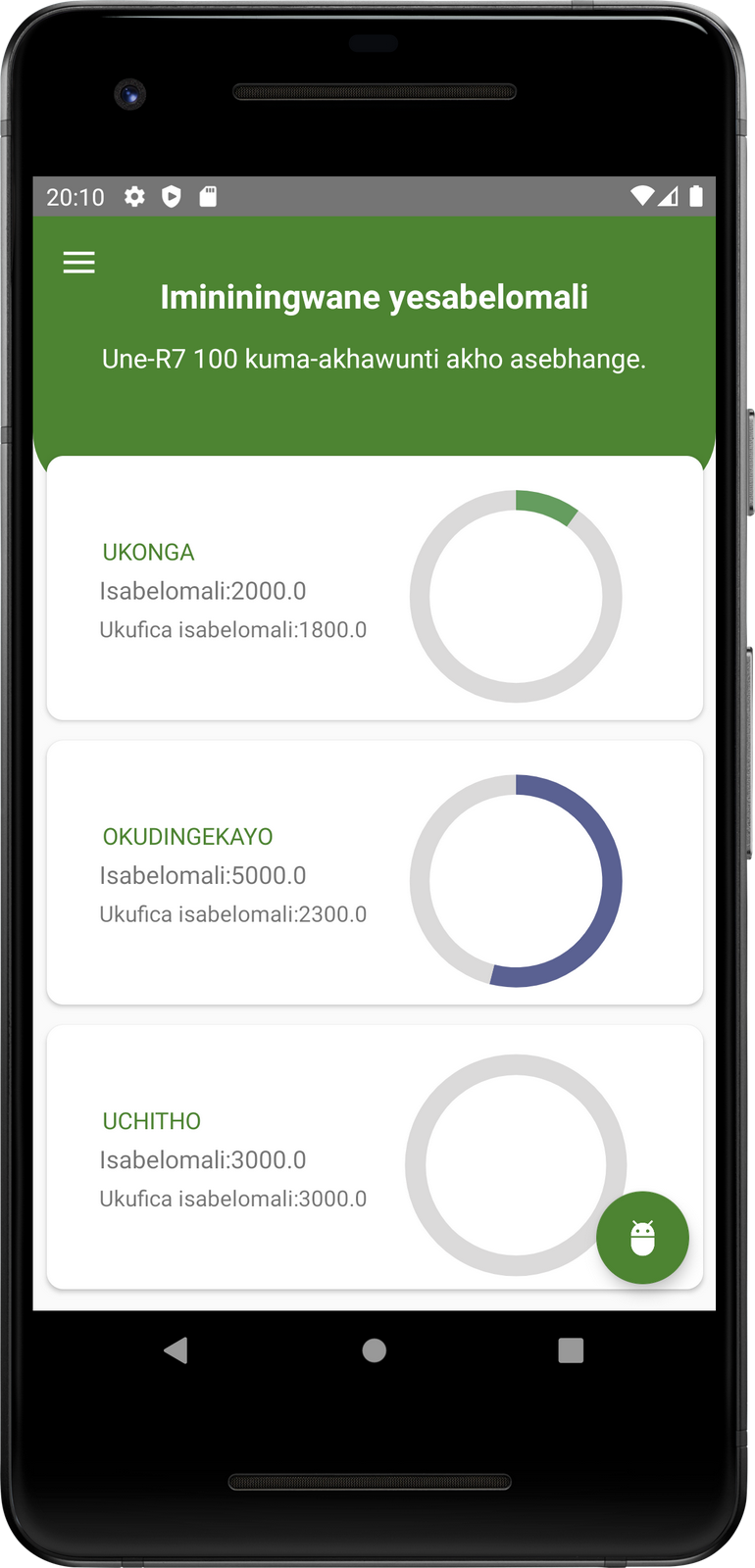How did I achieve the project goal?
1
An android mobile application was developed on Android Studio.

2
The application used the Balanced Money formula to reduce financial illiteracy [4]. The application, therefore, contains 3 parent categories called necessities, luxuries and savings to represent the formula. Users are also allowed to create their own sub-categories under the parent categories.
3
The interface was designed on Adobe XD. Since AI, the parent field of NLG, can create mistrust, inducing trust in the application was required to be considered [8]. The design of the interface was therefore based on Wang and Emurian’s framework on inducing user trust. Their framework states that ease of navigation and colour are important aspects in obtaining user trust in an application [5]. Ease of navigation is created by maintaining consistency and simplicity in the interface, therefore throughout the application constant usage of cards were used to induce familiarity and simplicity for the user [5]. Many of the colours in the interface were also cool-toned colours as suggested in Wang and Emurian’s framework [5]. White and cool shaded greens were used for cards. The most prominent colour in the interface was green as it was determined as one of the colours that induce trust [6, 7].
4
In order to allow the user to store and view information about their budget, a Room database was implemented. The room database acted as the main storage of information for both the budgeting technique and the content selection.
5
Unfortunately, due to time constraints the content selection of the NLG feature was brainstormed instead of determined by potential users in initial user interviews. However, the content selection was validated by users during the evaluation process.
6
The application supports isiZulu as it is the first most spoken language outside of South African households [9]. Since the second most spoken language outside of South African households is English, the application also supports English [9].












